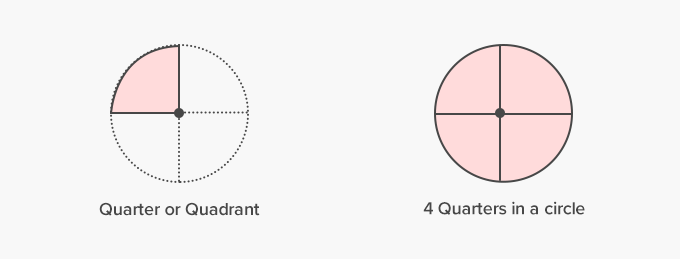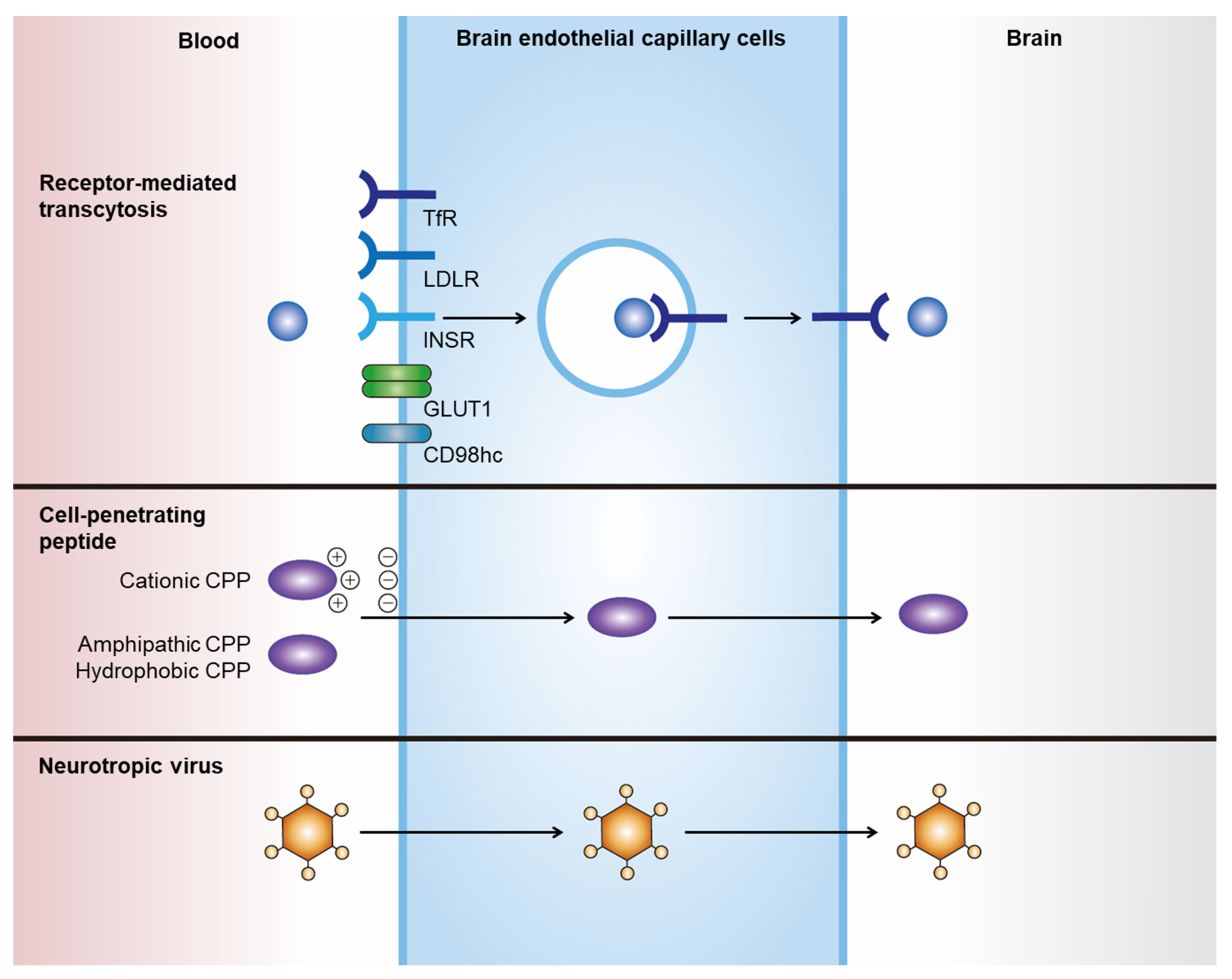

Go into Edit Noteheads. in Sibelius 6, this is in House Style > Edit Noteheads. One solution is to substitute the smaller available symbol built in to Sibelius for the regular sized slash: Sibelius actually has a smaller version of the slash note head labeled “Quarter beat (small)”, which is part of the Special Symbols font (character slot 87). However, note that this isn’t an ideal solution for rhythmic notation because the stems and beams will also become cue-sized. Select the bar, and then from the 2nd keypad, press Enter to make the slashes cue-sized: To create the smaller slash notation in the 2nd bars of the examples above, there is a super fast and easy solution. The look of your rhythmic notation is purely a stylistic choice, but one that you should have control over regardless of your choice of notation program. You can see that the Finale slash noteheads are smaller than those in Sibelius by default, and this “oversized” effect produced by Sibelius is even more pronounced when using one of the handwritten fonts. Let’s take a look:īy default, here are what rhythmic and slash notation look like in Sibelius:Īnd here is what the competitor program Finale produces by default: There are several ways you can change the look of the default slash and rhythmic notation in Sibelius.

Regular pitches are replaced with slash note heads attached to note stems in the center of the staff Rhythmic Notation is used to indicate a specific rhythmic figure.These slashes simply indicate “time” in the current meter (In 4/4 time, 4 slashes in a measure, for example). Stemless slashes are frequently used to indicate improvised chording or comping where no specificity is required.Do these smaller noteheads exist in Sibelius, or is there a way to create them? And if so, how?Ī: Excellent question. Slashes and Rhythmic Notation are commonly used for comping guitar, bass and drums in jazz charts. Hard to believe that Sibelius lacks something as simple as a short slash notehead. Q: IMO, Sibelius’ slash noteheads (type 4, ‘beat with stem’) are too long (2 spaces high vs.1 space in Finale’s), and too thick, making rhythms difficult to read.


 0 kommentar(er)
0 kommentar(er)
